- 2561 views
- 0 comments

When buying a diamond, it is important to understand the quality and grading parameters of diamonds. This guide will help you to understand the 4C’s of diamonds: Carat, Cut, Clarity, and Color. It will also explain the different grading scales used to measure these qualities.
ABOUT DIAMOND QUALITY & GRADING PARAMETERS
The quality of a diamond is determined by several factors, including its physical properties, its clarity, and its cut. The 4C’s (cut, color, clarity, and carat weight) are the most important factors in determining the quality of a diamond. However, other factors such as fluorescence, symmetry, and proportions can also affect a diamond’s quality.
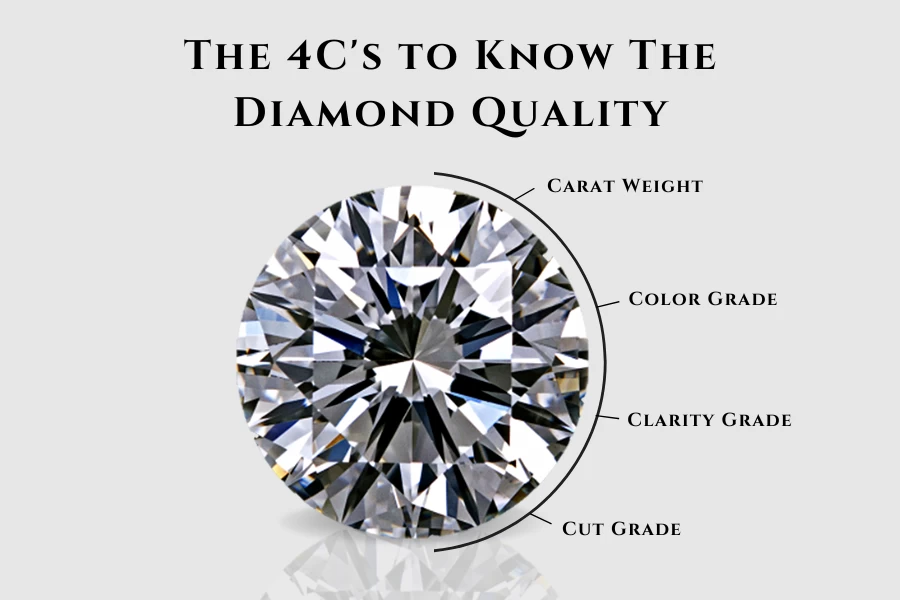
CARAT - Carat weight is how a diamond is measured and is the size of the stone. One carat is equal to 200 mg. When determining the value of a diamond, larger diamonds are usually worth more than smaller diamonds because they are rarer. However, two stones of different sizes can have the same carat weight but different values depending on the other three C’s.
COLOR - Color is judged on a scale from D (colorless) to Z (light). With this, each letter grade has a clearly defined range of color appearance. The purer the color diamond has, the higher the quality is. Diamonds with light color are less valuable than those that are colorless.
CLARITY - Clarity is defined by how many blemishes or inclusions are in a diamond. It is judged by a scale that has 6 points from included to flawless. Inclusions are internal flaws that can affect the clarity of a diamond. Blemishes are external flaws on the surface of the stone. Diamonds that are completely free of blemishes and inclusions will be rare and more valuable than those with imperfections.
CUT - Cut is how well the diamond has been cut and includes the height, depth, angles, and other factors. A well-cut stone will have facets that evenly reflect light and make the diamond sparkle. The better the cut, the more valuable the diamond will be because it takes skilled craftsmanship to create a beautiful cut.
COMMON DEFECTS IN DIAMONDS
There are a few common defects in diamonds that can affect their value and appearance. These are some of the most common ones:
CLOUDINESS - This is when the diamond appears cloudy or milky. It is caused by tiny inclusions of other materials within the diamond.
COLOR STREAKS - These are often caused by internal fractures. The streaks can be any color but are usually darker than the body color of the diamond.
CRYSTAL INCLUSIONS - These are tiny crystals of other materials that are found inside the diamond. They can affect the diamond's clarity and make it appear cloudy.
GIRDLE - The girdle is the edge of the diamond that goes around the circumference. It can be rough or polished. A rough girdle can make the diamond appear dull.
PITTING - This is when there are small indentations on the surface of the diamond. It is caused by the inclusion of other materials.
TWINNING WISPS - Twinning wisps are small white lines or tiny needles that run through the diamond. They are caused by twinning, which is when the diamond's crystals grow in two different directions.
Diamonds are a girl’s best friend. They are timeless objects that can be used to add a touch of luxury and sophistication to any outfit. In order to make sure you acquire quality pieces, it is important to understand the diamond grading parameters in detail. To check the quality of a diamond, you can use a jeweler's loupe to look for inclusions and blemishes. You can also use a diamond tester to check the diamond's hardness and thermal conductivity.
At GemsBiz, we offer natural diamonds that have been carefully graded and inspected. Browse our collection of diamonds and choose something that fits your needs.
Explore More

5 TIPS TO BUY GEMSTONE BEADS ONLINE
Are you an avid jewelry maker looking to add unique and eye-catching elements to your designs? Look no further than gemstone beads! These beautiful, natural stones come in various colors, shapes, and sizes, making them the perfect addition to any jewelry piece. And with the convenience of online shopping, it has never been easier to purchase gemstone beads for your next project. In this blog post, we will share five helpful tips to remember when buying gemstone beads online, ensuring that you get the best quality and value for your money. So, let's get started!
Read more
TOP 3 GEMSTONE SOURCING HUBS IN THE WORLD
Gemstones have been prized and coveted for their beauty and rarity for centuries. From diamonds to emeralds, sapphires to rubies, these precious stones have captured the attention and admiration of people all over the world. But have you ever wondered where these stunning gems come from? Numerous locations around the globe are known for their gemstone sourcing, but there are a few that stand out above the rest. In this blog post, we will explore the top 3 gemstone sourcing hubs in the world, where these magnificent stones are found, and why they are so highly regarded in the world of gemstones.
Read more
IS IT A GOOD IDEA TO BUY WHOLESALE GEMSTONES ONLINE?
The world of gemstones is a fascinating one, filled with vibrant colors, unique shapes, and stunning designs. For those looking to add to their collection or purchase gemstones for jewelry making, buying wholesale can be an appealing option. With the rise of online shopping, it's now easier than ever to purchase wholesale gemstones from the comfort of your own home. However, the question remains: is it a good idea to buy wholesale gemstones online? In this blog post, we'll explore the pros and cons of purchasing gemstones online in bulk and provide some tips on how to ensure a successful and satisfying purchase. So if you're curious about buying wholesale gemstones online, read on to find out more!
Read more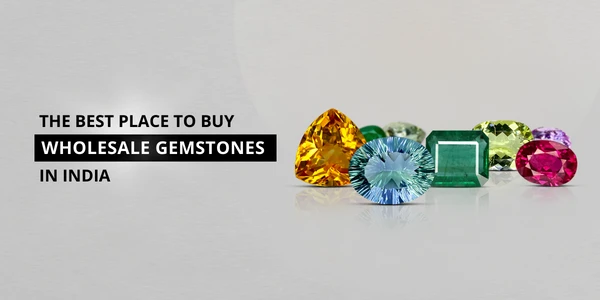
THE BEST PLACE TO BUY WHOLESALE GEMSTONES IN INDIA
India is renowned for its vibrant culture, diverse landscapes, and rich history. But what many may not know is that it is also a treasure trove for gemstones. The country has a long-standing tradition of mining and trading precious gemstones, making it one of the top producers and exporters of gemstones in the world. And for those looking to purchase wholesale gemstones, India is the ultimate destination. With a plethora of options, competitive prices, and top-quality stones, it is no wonder that India is considered the best place to buy wholesale gemstones. In this blog post, we will explore the reasons why India should be your go-to destination for all your gemstone needs.
Read more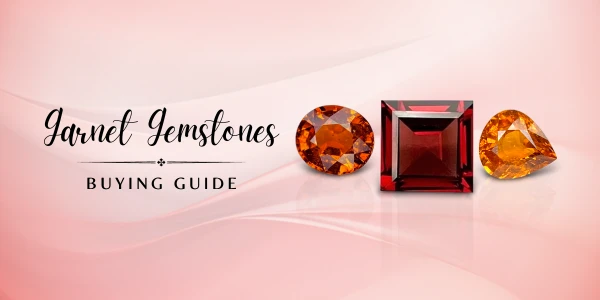
GARNET GEMSTONES BUYING GUIDE
Are you looking for the perfect garnet gemstone to add to your collection? If so, you have come to the right place. In this garnet gemstones buying guide, we will provide you with all the information and tips you need to make a knowledgeable and informed decision when selecting the ideal garnet gemstone. We will discuss the various types of garnet gemstones, their properties, the different colors, clarity, cuts, and carat weights that are available, and more. So read on and get ready to find the perfect garnet gemstone for you!
Read more
MORGANITE GEMSTONES BUYING GUIDE
Morganite, also known as pink beryl, is a mesmerizing pinkish-orange stone that has been used in jewelry for centuries. It is said to be a stone of divine love and encourages us to accept love into our lives. Whether you are looking for a beautiful piece of jewelry for yourself or a loved one, this guide will provide you with the knowledge and understanding you need to make an informed buying decision. From the history and properties of morganite to the various shapes and sizes of stones available, this guide will help you make the right choice. So let’s get started and explore the captivating world of morganite gemstones.
Read more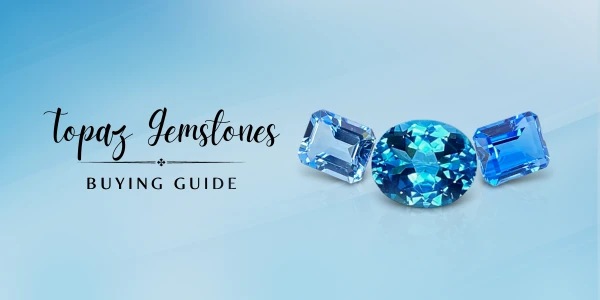
TOPAZ GEMSTONES BUYING GUIDE
Topaz is a beautiful and versatile stone that comes in various colors, sizes, and shapes. It has become increasingly popular in recent years due to its stunning visual appeal and ability to add sparkle and elegance to any outfit. In this guide, we’ll provide all the information you need to know about buying topaz gemstones, including types of topaz, what to look for when purchasing, and where to find the best deals. We’ll also give you tips on how to care for your topaz gemstone jewelry so that it looks beautiful and vibrant for years to come.
Read more
ALEXANDRITE GEMSTONES BUYING GUIDE
Are you looking to buy a beautiful alexandrite gemstone? Then you've come to the right place! Our alexandrite gemstones buying guide provides all the information you need to know before making a purchase. Here, you'll learn about the features and characteristics of alexandrite stones, tips for selecting the best quality, and advice on where to shop for the most affordable prices. With this guide, you can rest assured that you're making a smart investment in a beautiful and valuable gemstone. So, read on and learn all about alexandrite gemstones!
Read more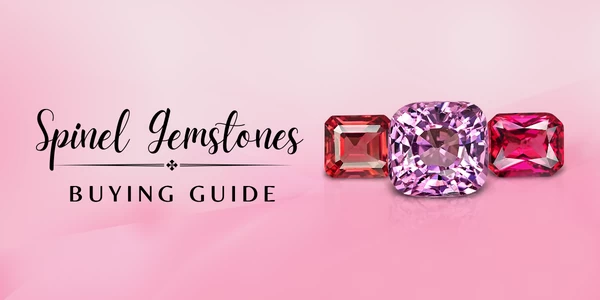
SPINEL GEMSTONES BUYING GUIDE
Are you in the market for a beautiful gemstone? If so, you should consider buying a spinel gemstone! Spinel gemstones are some of the most beautiful and unique gems in the world. They come in a wide range of colors, from pink and red to orange and purple. Plus, they are durable and affordable, making them a great option for anyone looking to add a stunning stone to their collection. This guide will provide you with the information you need to make an informed decision when it comes to buying spinel gemstones. We'll go over the different types of spinel available, discuss the various color options, and provide tips on how to care for your spinel gemstone. By the end of this guide, you'll be well-equipped to pick out the perfect spinel gemstone for you.
Read more
PERIDOT GEMSTONES BUYING GUIDE
Peridot is one of the most sought-after gemstones on the market. Its beautiful, light green hue and stunning clarity make it a popular choice for jewelry and accessories. Whether you're looking for a show-stopping piece of jewelry or simply a small token of appreciation, Peridot is an excellent choice. This guide will help you understand what to look for when buying peridot gemstones, so you can find the perfect piece for yourself or a loved one.
Read more
Comments (0)